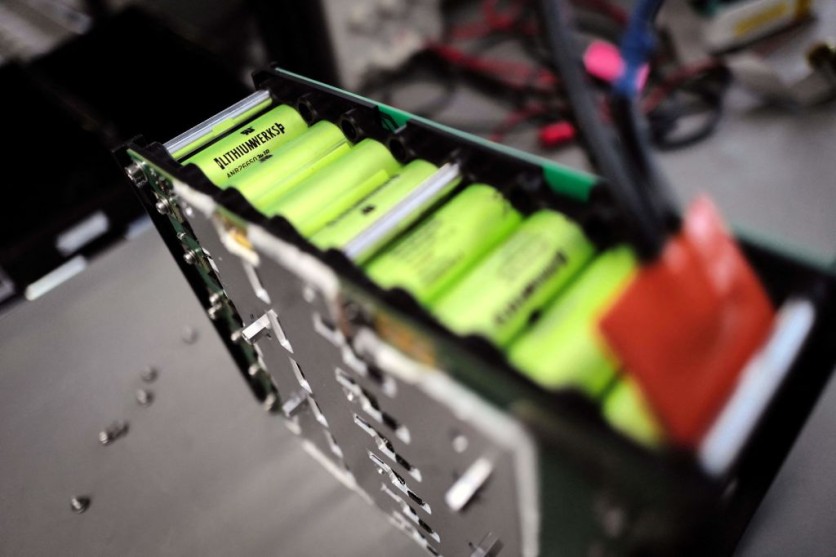Electric vehicles (EVs) are on the rise as they offer an eco-friendly alternative for transportation, and there is one key component in creating these cars: lithium batteries.
Lithium batteries are in high demand as they are not only used in electric cars but also in computers, and portable devices, among others. However, it is worth noting that this metal is relatively rare, so it becomes even more expensive due to the high demand.
Hence, there is a need to cut down costs and ensure a stable supply chain since this metal is being used for various technologies. But now, scientists may have found a way to make lithium cheaper.

Substitute for Lithium: Sodium
Scientists have recently considered substituting lithium with sodium or other elements for high-quality batteries. Lithium batteries continue to be the best option when it comes to providing the concentrated charge required to power cars and portable electronics.
However, sodium is less expensive and more readily available since it is present in saltwater as sodium chloride, but it has drawbacks. An alternative strategy used by Ph.D. candidate Tullio Geraci and Professor Alexandra Navrotsky from Arizona State University combined lithium and sodium in the same battery.
The group is creating lithium-sodium compounds, and their structures, homogeneity, and thermodynamic characteristics are being studied.
While heating studies establish the materials' potential decomposition in use, the researchers employ a specific technology called high-temperature oxide melt solution calorimetry, which was created and improved in the Navrotsky laboratory.
In a press statement, Geraci explained that they have been combining small amounts of sodium and lithium, testing it for stability, and then seeing how it functions. He presented their findings at the Goldschmidt geochemistry conference.
The process is step-by-step, and when they initially started, the stability did not look promising. They wanted to determine whether the mixture would remain in a state that could be used.
However, stability increased as sodium content was raised. So far, the team has succeeded in creating a 10% mixture, which appears to be thermodynamically stable. The team believes they can increase it to about 20% before they notice a change in performance.
First Steps in Developing a New Battery Tech
"At first, we were unsure whether these Li/Na dilutions could even be made. Surprisingly, we found that weak dilutions tend to break down, the solutions lose their homogeneity and the crystal structure, which is important to produce a battery," Geraci said in the statement.
"But as we increase the amount of sodium, the material becomes more stable. After we have arrived at the optimum mix, we need to turn our findings over to battery technologists to produce the first sodium-lithium batteries. We believe these are the first steps in developing a new battery technology," Geraci added.
However, it must be noted that the work is still in development and has not been peer-reviewed. The team's findings were presented at the Goldschmidt Conference, which is the world's main geochemistry conference.
Related Article : Several EV Automakers Including Tesla, NIO Promise to Refrain from Price Wars in China

ⓒ 2025 TECHTIMES.com All rights reserved. Do not reproduce without permission.




